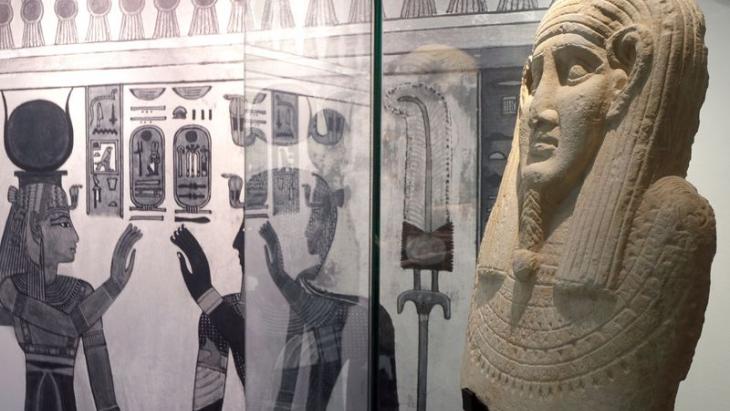Visit and love it
Culture

You are at:
Barcelona boasts an immense cultural heritage. In the city you can find one-hundred-year-old theatres dedicated to opera and music such as the Gran Teatre del Liceu and the Modernista Palau de la Música Catalana. There are also excellent and modern auditoria as well as major institutions devoted to the plastic arts, centres catering for the most avant-garde art forms, venues for scenic innovation, theatres staging the classics and art galleries and spaces devoted to heritage art.
To all these we can add the various innovative initiatives that give free rein to the most audacious and ground-breaking creativity such as the Barcelona Lab, the newly-invented Reactable musical instrument, the Barcelona Design Hub and the Art Factories. The city maintains close links with the most traditional rituals but it also promotes festivities that are completely original as well as others of an almost ancestral nature, all of which goes to show that culture is very much alive despite the passing of the years. Good examples of these traditions include the correfoc (running with fireworks), the feast day of Sant Jordi and the many literary festivals that take place in the city, and the charming spectacle of the dancing egg known as the ou com balla, which is celebrated at Corpus Christi each year. Barcelona is most definitely a city of culture, and its culture is always alive and inspiring, and open to the influences and contributions of artists from home and abroad.
Close the expanded main text block
Barcelona Design Hub
This state-of-the art facility functions as a meeting point and as an experimentation and exhibition area for the most innovative design.
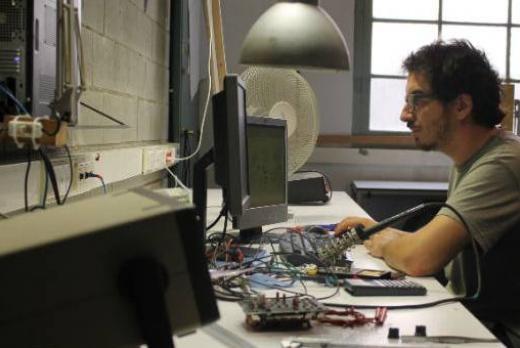
Barcelona Art Factories
This municipal programme is based on the transformation of old industrial buildings which are no longer in use, turning them into new spaces for culture and artistic expression.
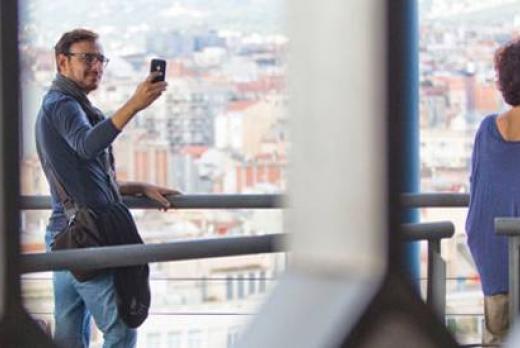
Open House
This festival showcases Barcelona’s architectonic excellence and opens the doors of more than 150 of the city’s buildings, giving the public an opportunity to view some exceptional architecture.
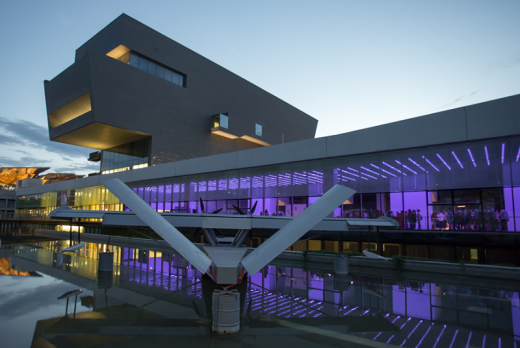
Barcelona Design Centre
This cluster brings together companies from the Catalan design sector and it promotes these companies around the world.
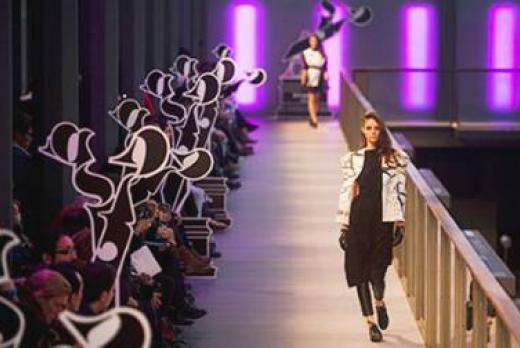
FAD, Fostering Arts and Design
This is the main centre for design and architecture in Catalonia, thanks to its ongoing work promoting creative culture.
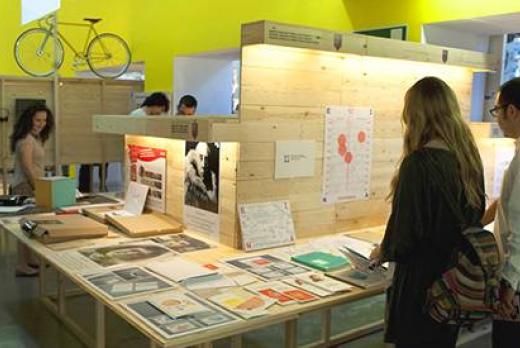
Design Museum
The Barcelona Design Museum brings together historical and contemporary collections of the decorative arts, ceramics, industrial design, textiles and clothing, and the graphic arts.
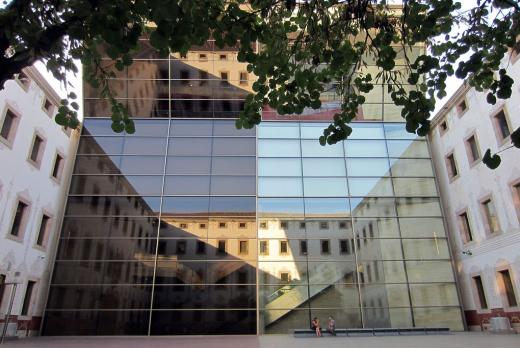
CCCB - Barcelona Centre for Contemporary Culture
The CCCB, which occupies a building that was a poorhouse in the seventeenth century, is a magnificent centre and a venue for concerts, film cycles, music festivals, exhibitions and conferences.
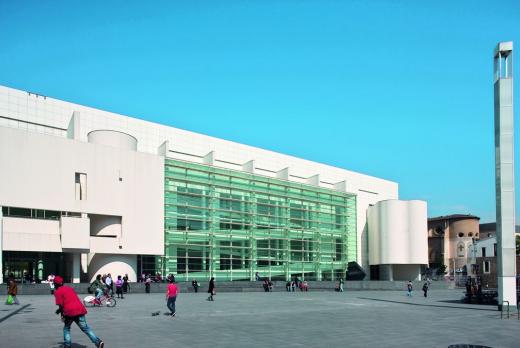
MACBA
The MACBA is a space situated in the centre of Barcelona that disseminates contemporary art from a multiplicity of perspectives whilst engendering debate on issues related to art and culture.
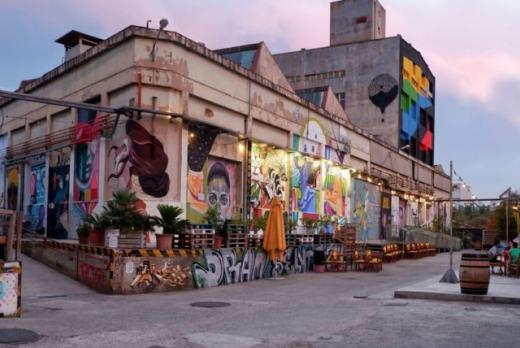
Nau Bostik
This former factory brings together creators, associations and groups making up the social and cultural fabric of the neighbourhood of La Sagrera.
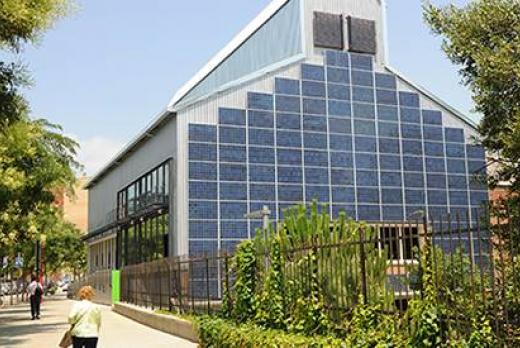
Art Factories
The areas that make up the Barcelona Art Factories also include a space that fosters experimentation in the most innovative scenic arts and in circus activities.

Teatre Nacional de Catalunya
This institution offers high-quality theatre, dance, music and opera at both a national and an international level.
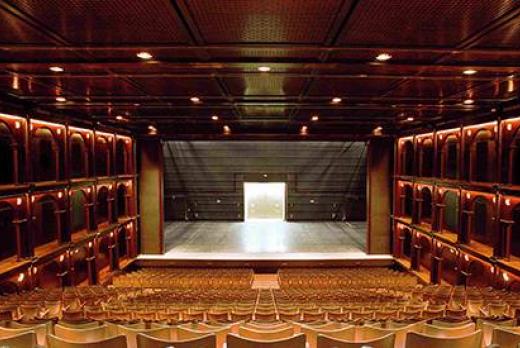
Teatre Lliure
With two venues, one in Montjuïc and another in Gràcia, the Teatre Lliure promotes the diversity of the scenic languages in its spectacles, which are always committed to representing reality.

Mercat de les Flors
This is the market of dance par excellence. It fosters experimentation and pioneers creation in the art of movement and it also organises spectacles with an international scope.

Teatre Romea
This nineteenth-century theatre, located at the heart of the Raval, is one of the city’s emblematic institutions. The programme includes everything from new versions of the classics to daring productions of great artistic relevance.
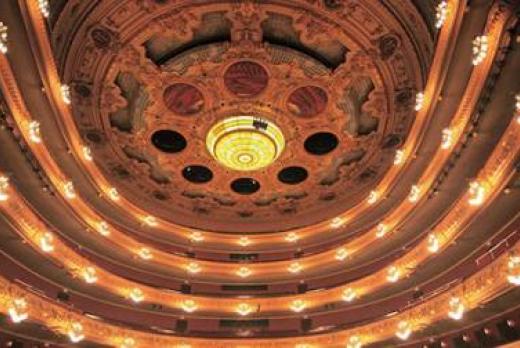
Gran Teatre del Liceu
This is Barcelona’s opera theatre and it still maintains the splendour that it had in the nineteenth century. The programme offers a combination of works by new composers and performances of major operas.
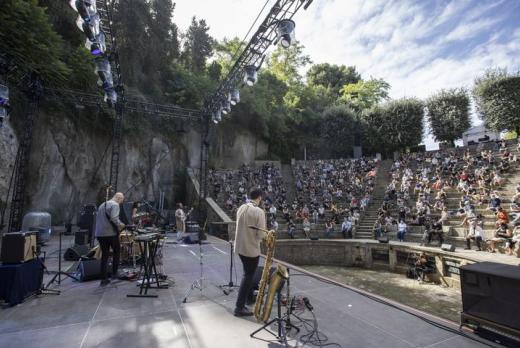
The Grec Festival
The Grec Festival offers a modern stage with some hints of classical themes and it acts as a catalyst for local producers and as a stage for the very best international works.

Gran Teatre del Liceu
The Liceu is Barcelona’s opera theatre and it maintains all of the splendour that it had in the nineteenth century. The programme offers a combination of works by new composers and performances of major operas.
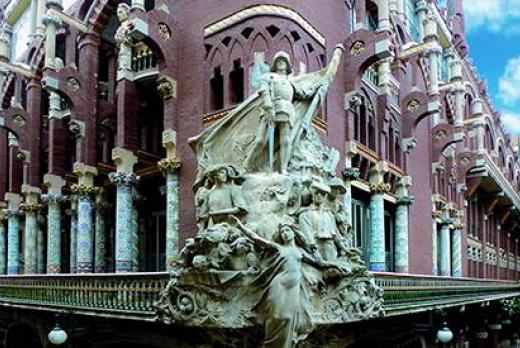
Palau de la Música Catalana
This Modernista auditorium is one of the city’s emblematic institutions. Originally built to promote orchestral and coral music, there is always something on there and it now offers modern and classical music concerts.
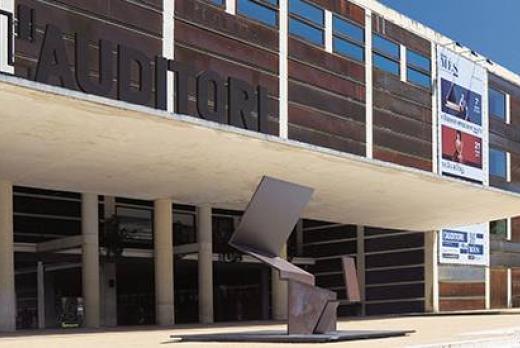
The Auditori
Home of the Barcelona Symphony and Catalonia National Orchestra, the Auditorium has its own internationally focussed musical project. It also offers an educational service helping to bring musical culture to the general public.
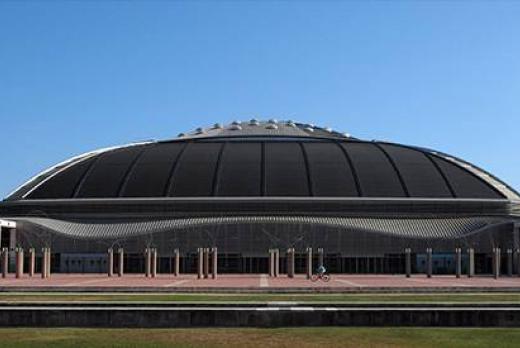
Palau Sant Jordi
Situated in the Olympic Ring, this venue stages all kinds of events including huge concerts by leading pop stars; these have included performances by artists of the calibre of Bruce Springsteen, U2, Shakira and Tina Turner.
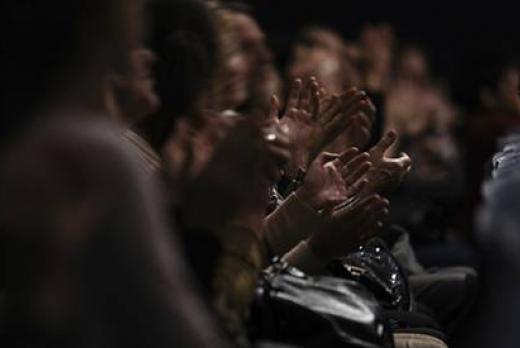
Barcelona Teatre Musical
These large-capacity installations are characterized by their versatility and they offer excellent acoustics that make this an ideal venue for all kinds of theatrical and musical spectacles.
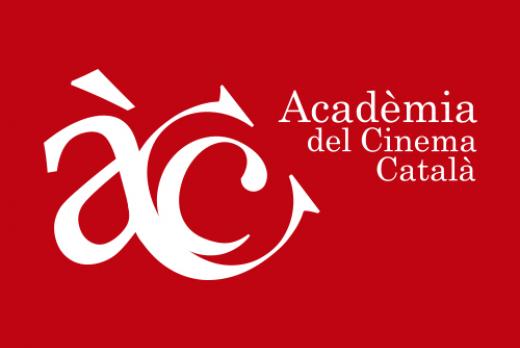
The Academy of Catalan Cinema
The purpose of the Academy is to promote the internationalisation of Catalan cinema and it brings together the creative and productive sectors of the country’s cinematographic sector.
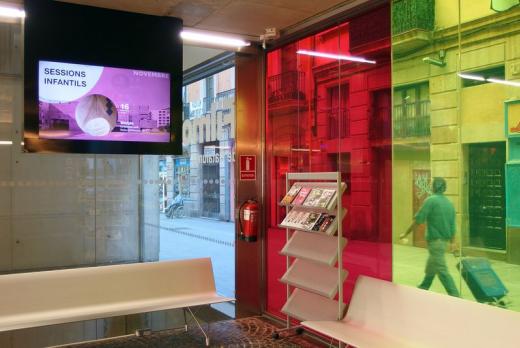
The Filmoteca
A sanctuary for cinema lovers, the Filmoteca de Catalunya helps to preserve and disseminate cinema and audiovisual activities in general as well as the Catalan cinematographic heritage.

La Virreina Image Centre
This centre explores the notion of image as a cultural experience: its raison d’être is visual creation and experimentation in this field.

Barcelona Film Commission
This free service of the Generalitat (Catalan regional government) offers advice to companies from the audiovisual sector to help them film in Barcelona and throughout Catalonia. It also helps them to find the best locations.
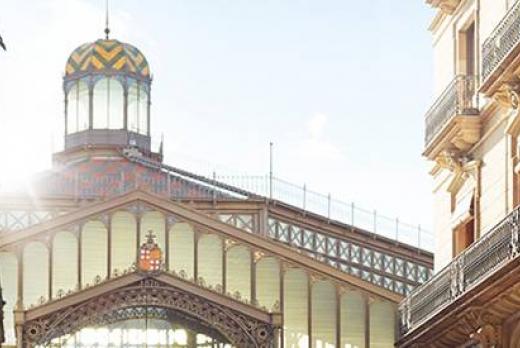
The Born Cultural Centre
The new cultural centre of reference in Barcelona offers an insight into three centuries of Catalan history.

Design Museum
The Barcelona Design Museum brings together historical and contemporary collections of the decorative arts, ceramics, industrial design, textiles and clothing, and the graphic arts.

Barcelona History Museum
The Barcelona History Museum (MUHBA), which has several centres and spaces throughout the city, conserves and exhibits the historic heritage of Barcelona from its origins up to the present day
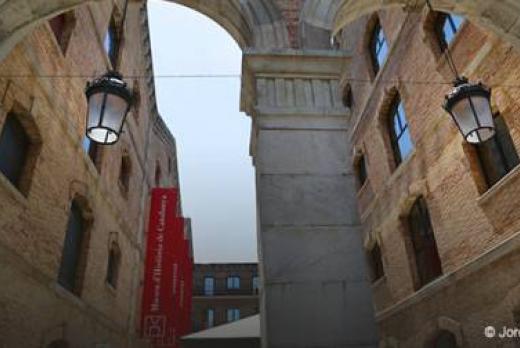
The Museum of Catalan History
Located in the Palau del Mar, the Museum of Catalan History invites you to take a trip through the history of Catalan society from prehistoric times up to the present day. It helps visitors to get a better idea of the history of Barcelona in its role as the capital of a historic nation.
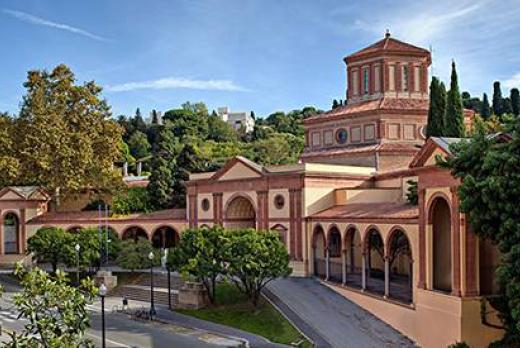
MAC - Archaeological Museum of Catalonia
IF you are looking for evidence illustrating the evolution of Barcelona and Catalonia since pre-historic times, you should visit the Archaeological Museum of Catalonia in Montjuïc. The museum includes Iberian, Roman and Visigoth pieces.
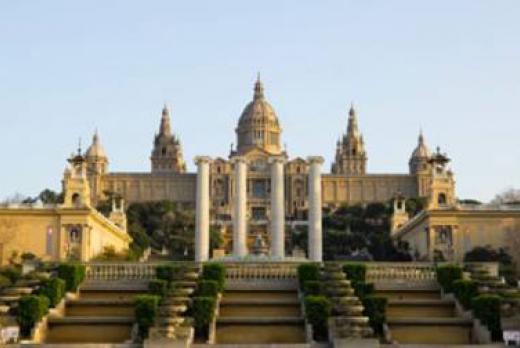
MNAC - National Art Museum of Catalonia
Catalan medieval art has its own special space at the National Art Museum of Catalonia (MNAC). The museum houses one of the world’s most important collections of Romanesque art.
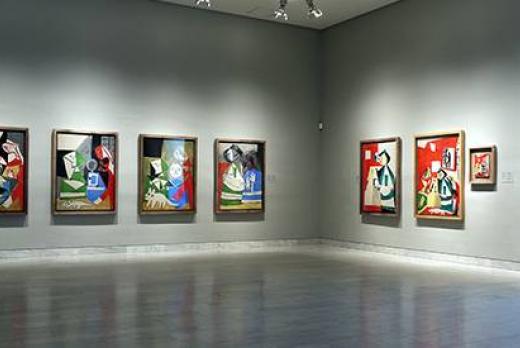
Picasso Museum
This is a centre of reference in terms of understanding the formative years of the great painter from Malaga, who established close links with the city of Barcelona during his adolescence and youth. The permanent exhibition contains more than 4,000 works.
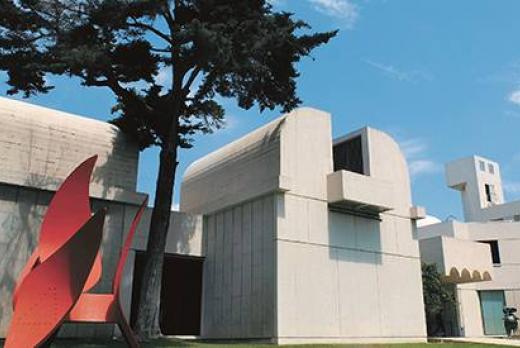
Joan Miró Foundation
The most important public collection of the works of Joan Miró is made up of paintings, sculptures, ceramics, textiles, engravings and drawings by the Barcelona artist.
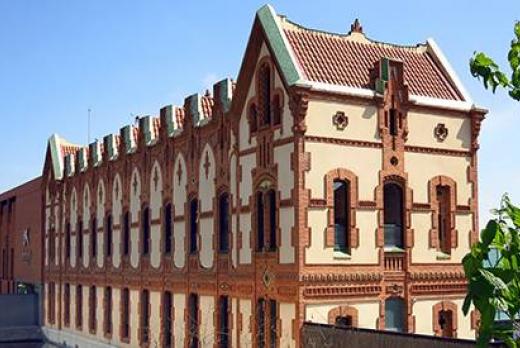
CosmoCaixa
A Modernista building is the home of this science museum dedicated to scientific dissemination. There, you will find a geological wall, a flooded forest, an exhibition hall dedicated to the evolution of the subject and planetarium.
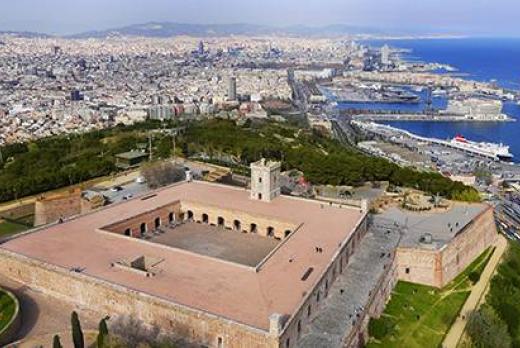
Montjuïc Castle
This fortress, with spectacular views of the city and the sea, is an excellent place to get to know history, whether it be that of the castle itself of the history depicted in the exhibitions organised by the complex.
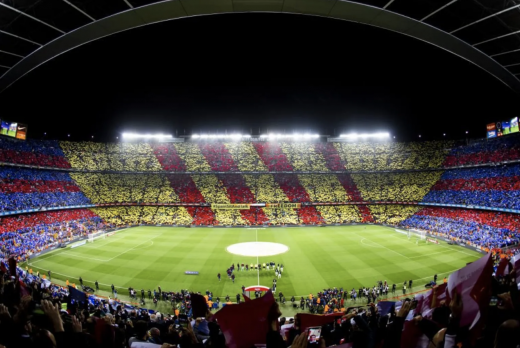
Barça Museum
FC Barcelona’s Camp Nou stadium contains a sanctuary dedicated to this football club that is more than just a club. The space, which charts Barça’s history, offers visitors a chance to see all the trophies that the club has won and there are also areas devoted to the club’s most famous players.
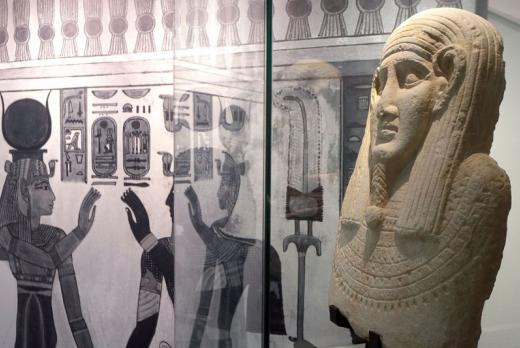
Museu Egipci
The Museu Egipci de Barcelona houses a permanent collection consisting of over a thousand pieces from Ancient Egypt, organised by different themes.

Museu de Cera
Located in the heart of Barcelona, the Museu de Cera is home to a collection of wax figures representing the most iconic people in history.
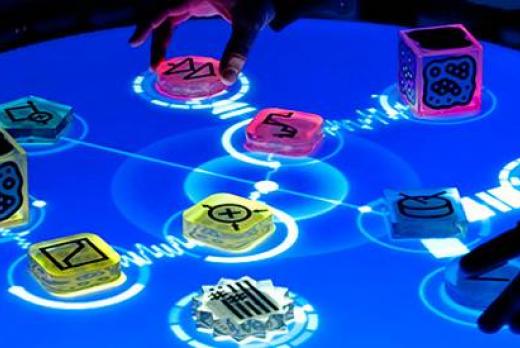
Reactable
Conceived to regain the gestures, vision and multi-dimensional nature of electronic music, this electro-acoustic instrument allows music to be created through interaction with synthesizers, in a simple and intuitive design.
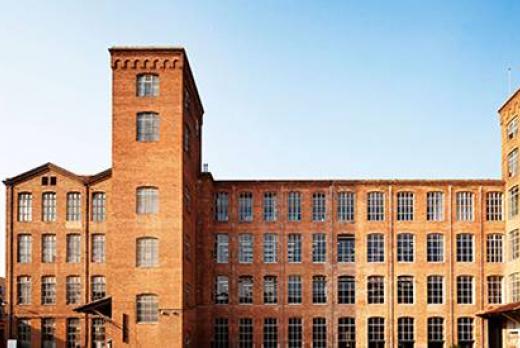
Barcelona Lab
This laboratory for digital culture and innovation is open to the public and it seeks to promote creative communities.
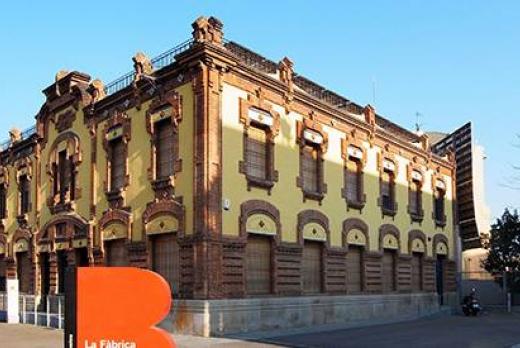
La Fàbrica del Sol (The Factory of the Sun)
This space, which has been renovated using bio-construction materials, promotes sustainability and environmental education among citizens.
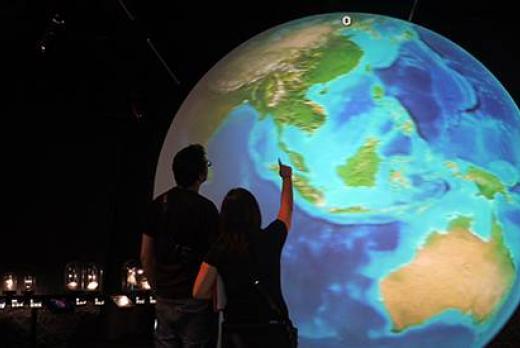
The Blue Museum
The Museum allows you to view authentic treasures from the collections that have been kept at the Museum of Natural Sciences for more than one hundred years.

CosmoCaixa
A Modernista building is the home of this science museum dedicated to scientific dissemination. There, you will find a geological wall, a flooded forest, an exhibition hall dedicated to the evolution of the subject, and a planetarium.

Empremtes de Catalunya
The Catalan identity is presented in the form of handicrafts under this registered trademark for high-quality products, which highlight the culture, art and history that represent us.
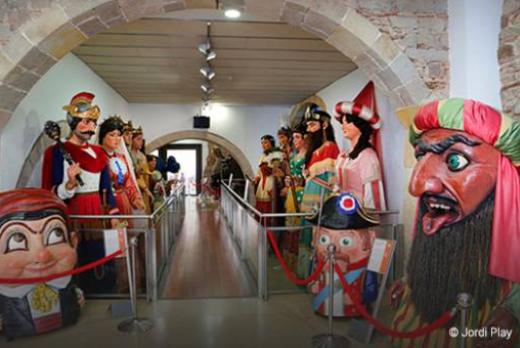
La Casa dels Entremesos
Offers a chance to meet some of the main gegants (giants), cap-grossos (big-headed papier-mâché figures) and figures of the traditional and unique bestiary of fantastic animals that participate in the celebrations of holidays and festivities in Barcelona and throughout Catalonia.
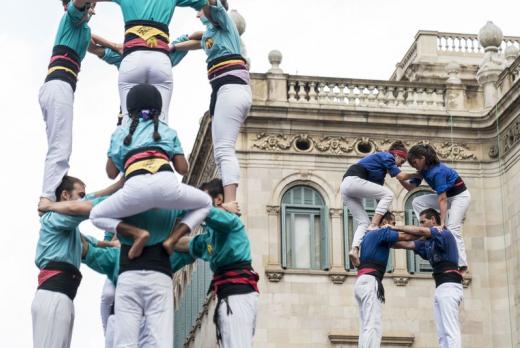
The castellers (human towers)
These human towers, which can be as much as ten-storeys high, are a wonder of equilibrium and beauty, and an example of teamwork. The various colles (troupes) in the city show off their castles during the city’s main holidays and days of celebration.
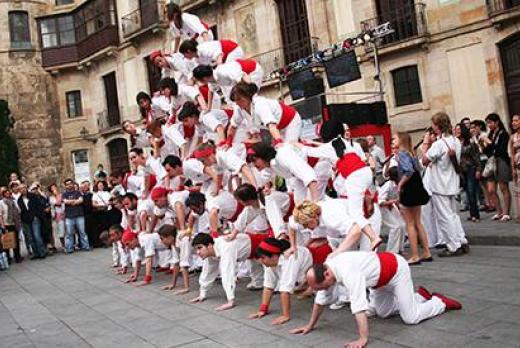
The Barcelona Falcons
Offering a mixture of gymnastics and art, the Falcons never cease to amaze with the formations that they are capable of creating by combining their bodies. The Falcons have their origins in the Czech Sokol group from the nineteenth century, which combined physical exercise and national cultural values.

The correfoc
Barcelona has maintained a love story with fire dating back for long as people can remember. For this reason, the correfoc (fire run) is one of the most popular festive events; this is when troupes of devils light firecrackers and hurl sparks at the people around them.
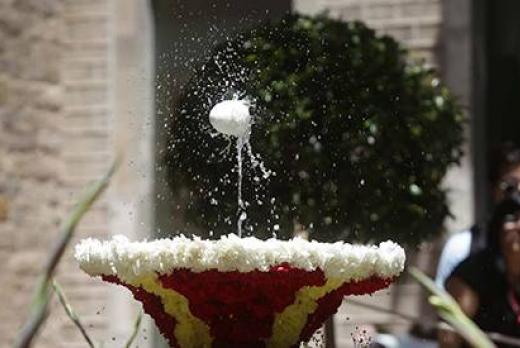
L’ou com balla (The Dancing Egg)
On the day of Corpus Christi, the patios of several Gothic buildings open their doors to display a curious and unique tradition to the world: this is an egg that “dances” in a fountain decorated with flowers without falling to the ground.

The feast day of Sant Jordi
There is one day in spring when the streets are filled with stalls selling books and roses, which people buy for their partners and spouses. Sant Jordi is the patron saint of Catalonia, and his feast day on 23 April is a celebration of love and literature.
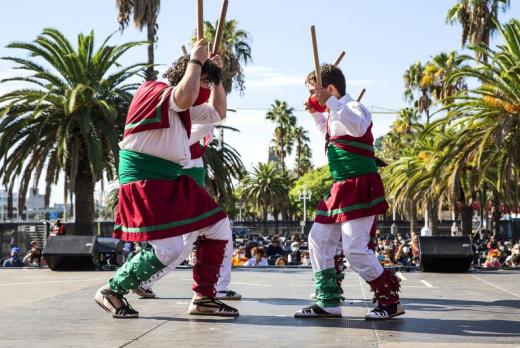
La Mercè festivities
Barcelona has been holding its La Mercè Festa Major or big annual festival year after year in honour of its co-patron saint. For several days, around 24 September, a variety of public spaces offer parades, shows, workshops and plenty more!

Santa Eulàlia Festivities
Also known as Laia or Barcelona's winter festival, the festivities are held in mid-February in streets and squares throughout the city. They are noted for their intimate and small-format nature, offering very diverse popular-culture activities designed to include everyone.


